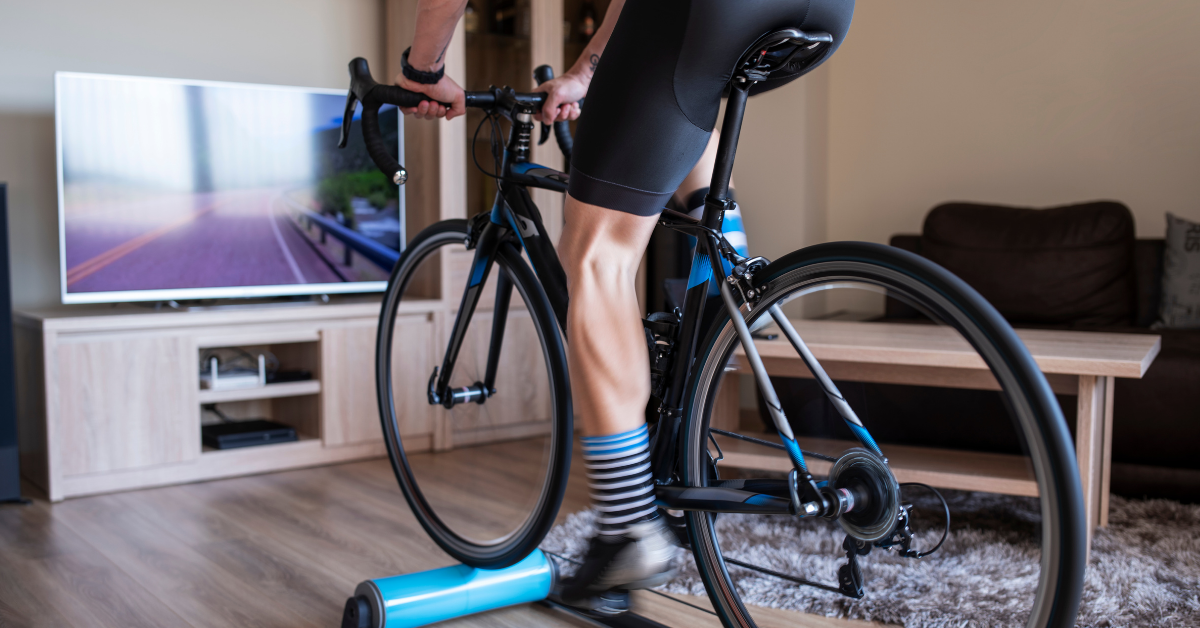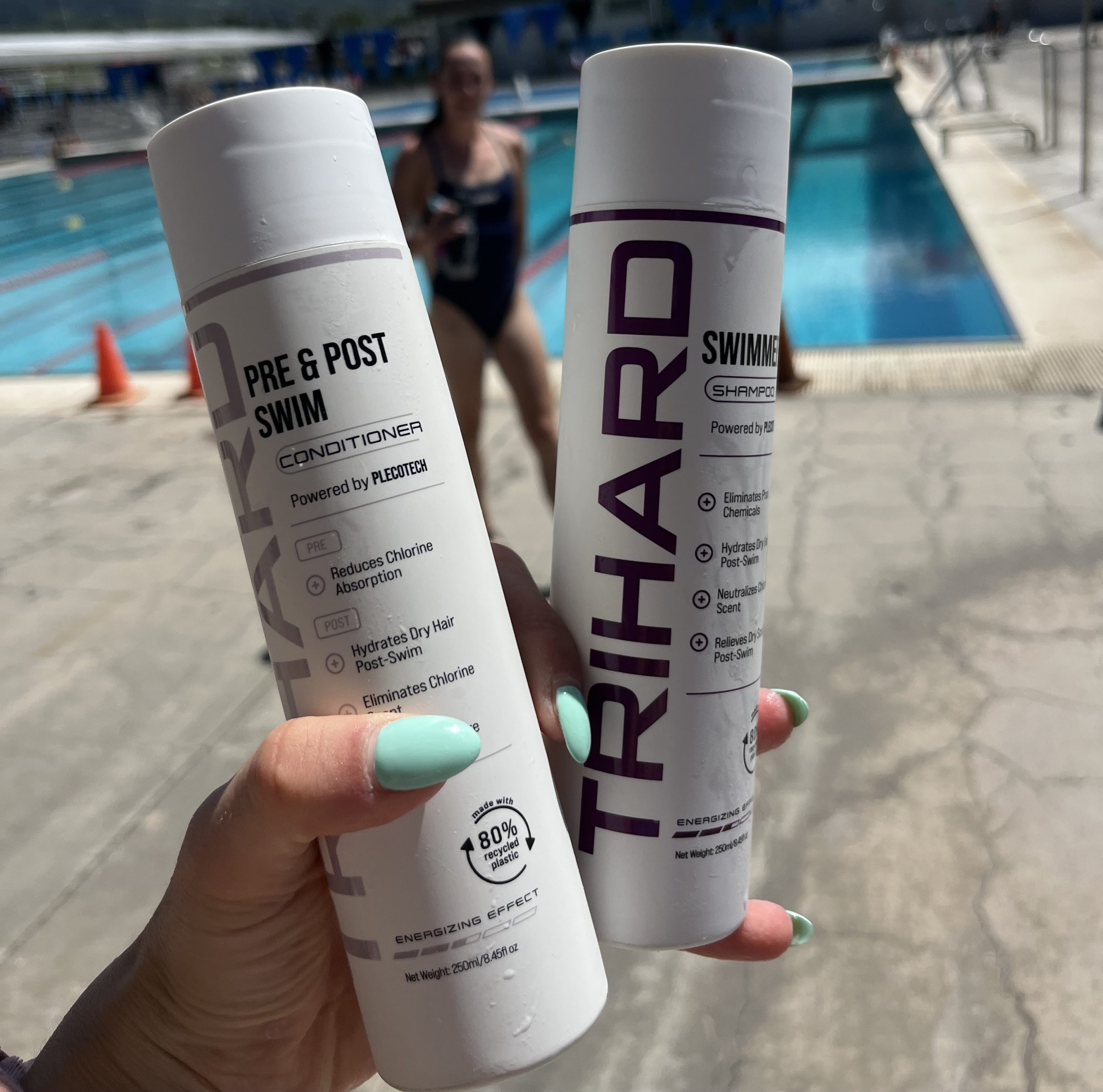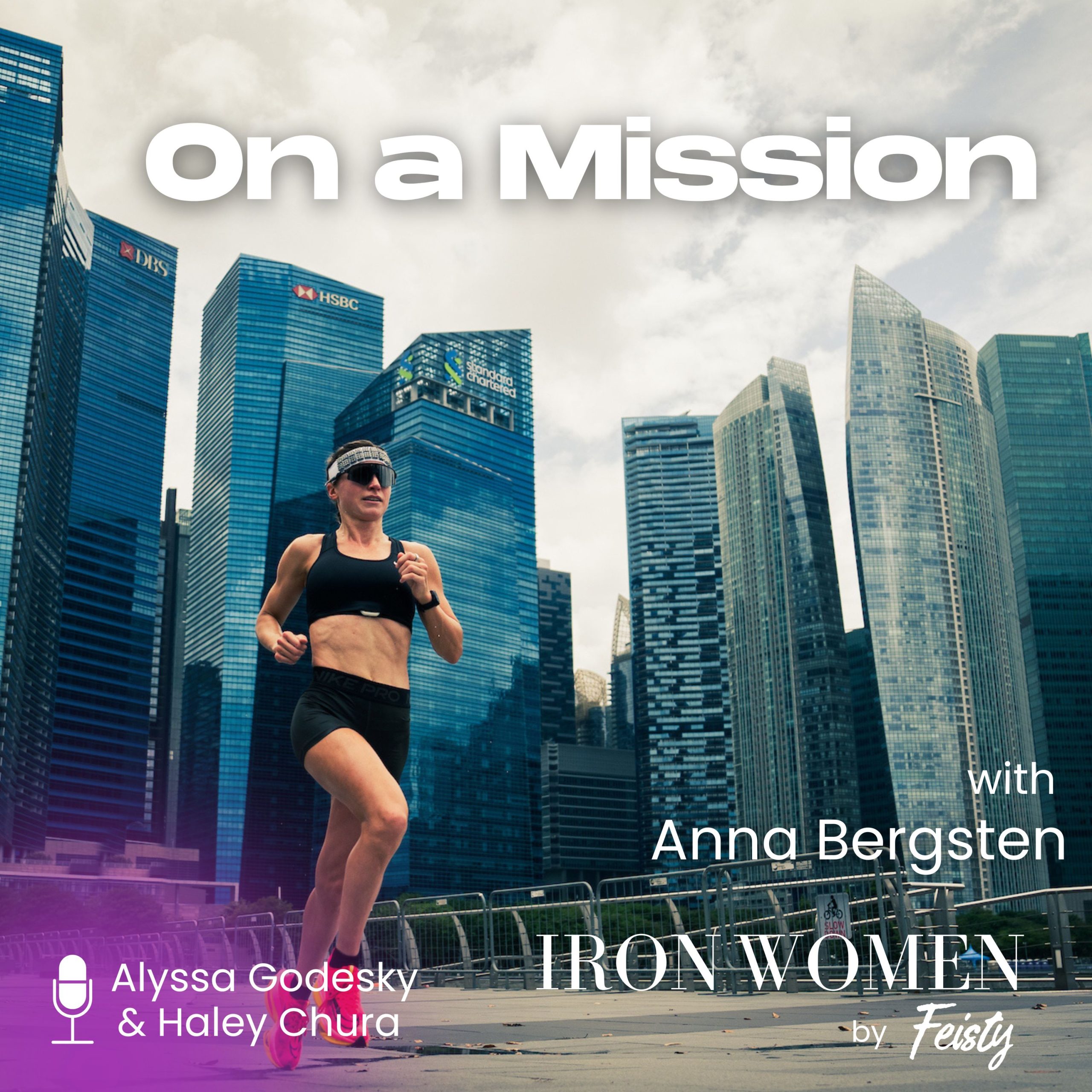December 17, 2020
Crush your 2021 Goals: Five Types of Trainer Sessions to Get You Stronger on the Bike This Winter

Feisty cycling expert Gyl Golden is back with some tips and tricks for making the most of out your winter session on the bike trainer.
By: Gyl Golden
So, it’s a complicated time for us cyclists right now. Whether you are a newbie or a cycling warrior, in most parts of the world, winter is upon us and the holidays are just around the corner. We can now add having to adapt and adjust to living with Covid-19 and most likely being confined to our homes. So I’m getting to the point that during this hectic, sometimes stressful, time it may be more difficult to train outdoors, stay motivated to train at all and stay fit this winter. The internet is saturated with information on workout plans, challenges, cycling, strength training and the list goes on. But what are the basic things we need to know to maintain fitness and perhaps even get stronger on the bike?
When I started training for my first full Ironman, I did all of my rides outdoors. They were mostly long endurance rides with some interval work, but overwhelmingly long and slow. While I had a coach, I didn’t really listen to him. By the way friends, if you are going to bother to invest in a coach, just follow the plan! Trust your coach and do what she tells you to do. At any rate, I didn’t listen much to my coach because I was new to cycling and I wanted to be sure I could actually do the distance. I also wanted to feel more comfortable and confident on the bike. With the training I did, I finished the race but I was pretty slow; just like my training. Just a side note, don’t expect miracles on race day. Your body is going to perform exactly how you trained it with mostly no surprises.
A few years later, my life got a little more complicated and I had a lot less time so I trained for an Ironman mostly on the home trainer with highly targeted sessions and maybe every other Sunday I did a long ride. That bike split was my best ever. Yes, I had more experience, but the shorter sessions were a real benefit. I just told you to listen to your coach but it’s true that sometimes we have to discover some lessons on our own the long, hard way.
I’ve learned and would like to share some types of sessions that will help you increase strength and speed on the bike. All can be done on the trainer but of course if you can do endurance rides outdoors, you do it!
The sessions I’ll discuss are:
Endurance Rides
Sub-Threshold or what I’d like to call Sweet Spot Sessions V02 Max Sessions
Hill training
Cycling Drills
While I’m sharing five types of sessions, I’m not implying that you fit all of these in every week. I also want to add that for those of you, who are mostly stuck at home, like me, don’t go crazy and overdo it. I know there is the fear of losing fitness and gaining weight this time of year but it’s also at this time when it’s easy to injure yourself doing too much. There are so many virtual races and challenges available these days that it’s just too easy to get caught up in the madness. During “normal times” would you really race every weekend? Or would you really try to do 500 kettlebell swings at one time? Probably not so proceed with prudence this winter.
For home trainer sessions, if you want to see gains on the bike, it’s important to have a plan. And to get the maximum benefits it’s a good idea to work in zones where you are either targeting a heart rate zone or power zone.
Except for the cycling drills, these sessions are most efficient when you are working in specific training zones. And all involve some interval work. When I say training zones, I’m referring to the given intensity where you should be working. Below is a guide. Depending on the coach, there may be some variation but this will give you an idea.
Training Zones
Zone 1- Recovery
Heart rate: Below 65% of maximum heart rate. Power: Below 55% of threshold power.
This is the easiest training intensity and should reflect that you want to train without conflicting with the recovery process from previous intensive training sessions. Correctly made recovery rides may actually provide a small boost to your overall recovery.
Zone 2- Endurance
Heart rate: 65–80% of maximum heart rate. Power: 55-80% of threshold power.
This is your main training intensity. Sometimes you are able to push it a little harder but you should always be able to maintain this intensity throughout the training session.
Zone 3- Sub-Threshold
Heart rate: 80–87% of maximum heart rate. Power: 80-90% of threshold power.
This training intensity is just slightly below your threshold power and gives a boost to your aerobic engine.
Zone 4- Threshold
Heart rate: 87-92% of maximum heart rate.
Power: 90-105% of threshold power.
This training intensity is close to your threshold power and gives a boost to your aerobic engine.
Zone 5- VO2 Max
Heart rate: 92-100% of maximum heart rate.
Power: 90-105% of VO2 max power (five-minute maximum test).
This training intensity is close to your VO2 max power and is the most time effective training for VO2 max gains.
I already know what you’re thinking, “So how do I know when I’m working at 80% of my maximum heart rate or threshold power?” Have a look at the two links below which help you calculate your numbers.
Now that you are familiar with the zones and your percentages for each zone, let’s get started!
Endurance
An endurance ride is a ride where you can hold the pace comfortably, have a conversation, and you are working at about 70% of your maximum heart rate which is solidly in your zone 2. In any given ride you can add in a set or two of sub-threshold work. So if you will be riding for 2 hours, somewhere within that time do one set of 15 minutes at your subthreshold pace but afterwards, don’t drop down to your recovery zone. Try to stay within your endurance zone. Later on try doing two sets. For winter training, I’d say perhaps once a week if you can or every two weeks. Endurance training benefits the athlete by shifting the body to burn more fat instead of glucose. But don’t get overly excited because I said “burn more fat”. Training your body to use its fat stores does not mean direct weight loss, but rather it means your body is operating more efficiently without seeking added glucose.
Sweet Spot or Sub- Threshold
Working in upper end of zone 3 to lower end zone 4 is your sweet spot and is the key to highly efficient training for those who are short on time. Sweet spot training allows you to work under sustained stress but at the same time you can hold the pace for a longer duration. The sweet spot is the cross between intensity and volume. (the length of time you can hold that pace) These are interval sessions where you are working at sub-threshold. So these interval are challenging to maintain but not incredibly difficult. The rest interval would be at zone 1 which is active recovery.
So to start out for beginners, you could begin with doing 5 x 5 min sub- threshold followed by 4 min active recovery. Another could be 5 or 6 x 5 min sub- threshold followed by 3 min recovery. Then you could advance to 3 or 4x 10 sub-threshold followed by 5 minute recovery. The goal is to gradually work up to 20 minutes at your sweet spot. Start with just one per week and as you progress, perhaps do these twice a week. And again, as I’ve implied that you would gradually increase the time for the work interval and decrease the time for the recovery interval.
V02 Max
V02 Max is the maximum amount of oxygen that your body can take in at a given time. As a general rule, the higher your V02 max, the faster you are on the bike. V02 Max sessions are when you are going all out for very short intervals. But there is a range within the heading “short intervals”. For example, doing 10x 30 seconds all out in zone 5 followed by 15 seconds active recovery is a standard short interval V02 max session. But they can be a bit longer such as 3 min all out followed by 3 min recovery. Recent studies suggest, however, that sticking to very short intervals such as 30 sec on 15 sec rest may be the most effective at improving your V02max. Other variations could be 20 sec. all out followed by 10 sec easy. Or you could do a ladder of 15 sec hard/45 sec. easy, 30 sec. hard/ 30 sec. easy, 45 sec hard/15 sec easy, 60 sec. hard/ 60 sec. easy, 45 sec. hard/ 15 sec easy, 30 sec hard/ 30 sec easy and back to 15 sec. hard 45 sec easy.
If you push yourself at each “all out” interval, then you really only need to do V02 max intervals once a week or every other week to start out.
Hill Training
Hill repeats are the simplest most straightforward way to not only get stronger on the hills but also to get stronger on the bike. Note that I didn’t say the easiest. Try working on a variety of climbs if you have a choice. Hill repeats mean just that; you climb up to the top and then turn back around and the descent is the recovery so when back at the base turn around and climb back up and repeat.
For any climbing session doing repeats, plan to play with your gears a bit. Perhaps the first time is smooth and steady as a warm-up. The second time around, at certain points alternate with a comfortable gear and then shift down a couple of gears to make the climb more challenging. Perhaps the third time is as fast as you can go. Or do any combination of the above. Try to find climbs at a variety of lengths such as a long climb of about 15 minutes or longer where you work on pacing yourself. Tackle short climbs (less than 10 minutes) as well where you might go as fast as you can while attempting to get faster each climb and doing more repetitions.
Lastly, if you can’t get out or you’re not near any real climbs you can use the home trainer. Sure, doing intervals in a heavier gear is part of the process but consider that when you’re climbing, the position of the bike changes and you are pushing against gravity. So, not only should you be using a harder gear but you should also raise the front wheel of your bike with a stable object. That’s when you can feel a more realistic simulation of hill climbing.
Cycling Drills
Single Leg Drills
Single leg drills are one legged drills focused on all around pedal stroke and evenness on the pedals. Typically, we all have one leg that is stronger than the other and it dominates. By doing single leg drills, we can strengthen the weaker leg. The other advantage is improving overall pedal stroke making it more efficient. Often, we have the tendency to push down on the pedal while ignoring the power of pulling up. Single leg drills force us to work the entire stroke.
This exercise is best done on the home trainer. To start out, unclip one leg and either let it hang or rest it on a chair and spin for 30 sec. then pedal both legs for 60 sec. followed by unclipping the other leg and spinning it for 30 sec. Try to do about 5 sets. Obviously, as that gets easier, gradually increase to one minute and do a couple of added sets. 1 min in a big gear should be a lower heart rate but allow you to feel strength in the legs. Try to keep your cadence around 60 rpm, as long as you have no knee or ITB issues etc.1 min tempo with both legs is a change in pace, where you still have enough time to recover before changing legs.
So almost everything I’ve mentioned involves interval training of some sort. It is the cornerstone for every triathlete training plan. However, it’s possible to just do too much interval work to the point where it’s counterproductive. I’m returning to my little speech about not overdoing things.
If you are just starting out go with just 3 sessions per week of what’s been suggested above. Then the following week do the two sessions you didn’t do the prior week plus one other such as a sweet spot session. Alternate between the five and then as you become stronger do 4 sessions per week. Remember it doesn’t take hours and hours each day to see improvement. It takes consistency and consciousness. Focus on completing the 3 weekly sessions and doing them well. Quality beats quantity every time.
*****
Join coach Gyl for her FREE 7 Day Cycling Challenge Starting December 21 at www.goldentriathloncoaching.com
*****

Gyl Golden is a writer, instructor and 8- time Ironman distance finisher. She is head coach at Golden Triathlon Coaching where she offers online coaching and training plans. In 2018 she cycled the entire Tour de France route one- day before in the efforts of advancing women’s cycling. She is based in Montpellier, France where she is always in search of new backroads to explore by bike.
Follow Gyl Golden on Facebook and Instagram @ironwomanfortheocean and check out her coaching page at goldentriathloncoaching.com and Golden Triathlon Coaching on Facebook.
*****


 Outspoken Women in Triathlon Summit Returns Bigger than Ever
Outspoken Women in Triathlon Summit Returns Bigger than Ever  Driving the Lamborghini: Productivity and the Power of Paper
Driving the Lamborghini: Productivity and the Power of Paper  5 take aways from the Compete Sports Diversity Summit
5 take aways from the Compete Sports Diversity Summit  Simple Tips to Hone Your Bike Handling Skills
Simple Tips to Hone Your Bike Handling Skills 


